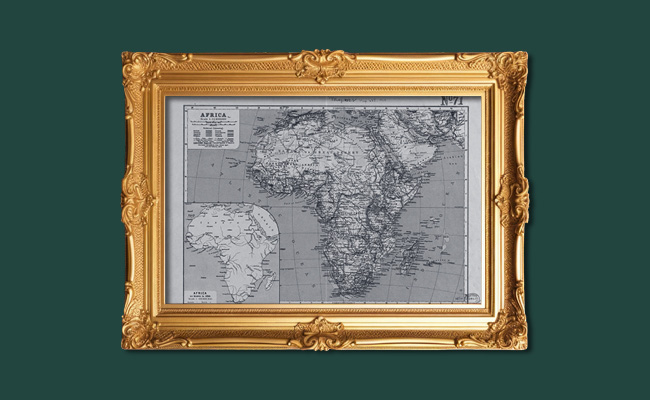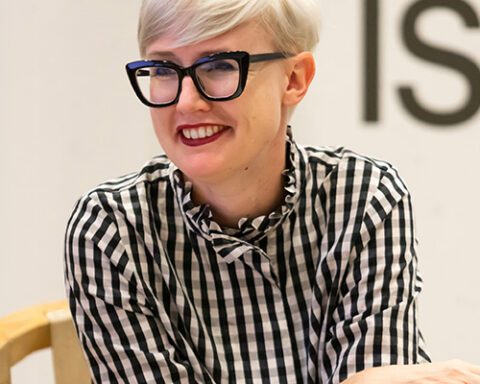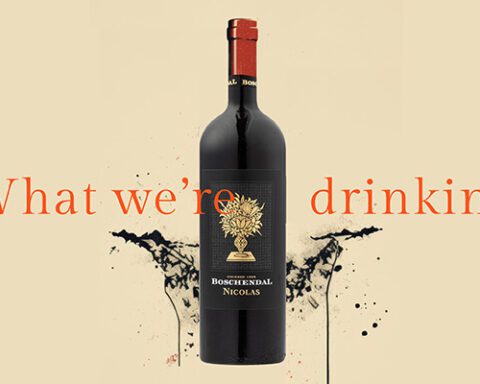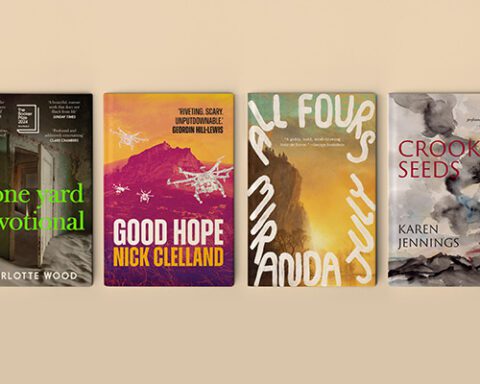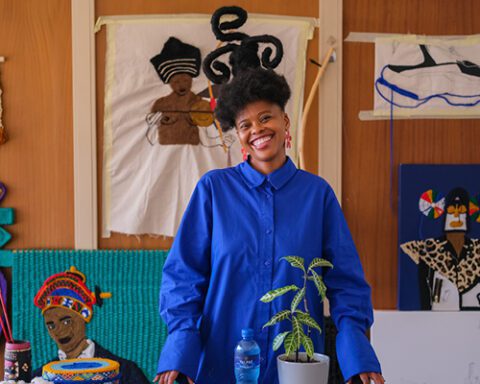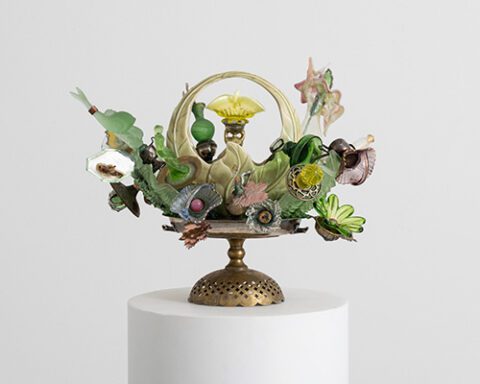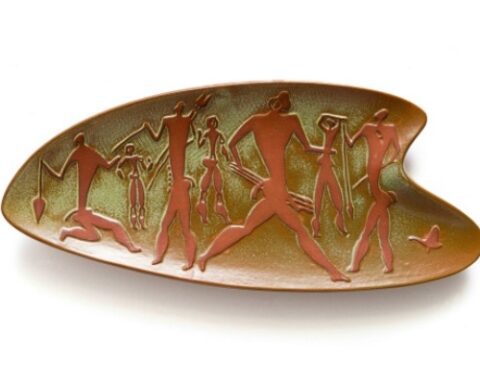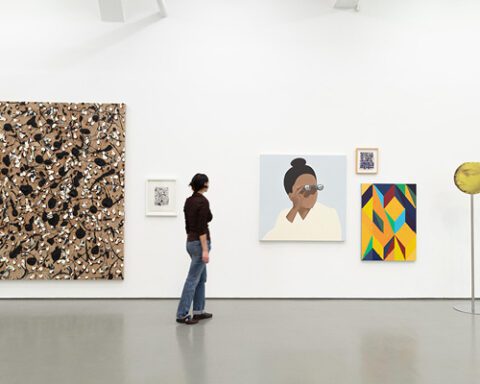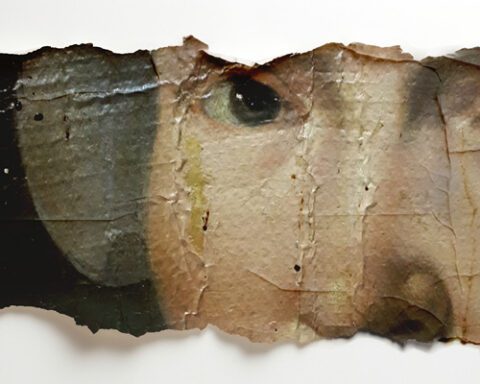The art world descends on Cape Town each February as the Investec Cape Town Art Fair kicks off (February 21-23 this year). It’s as if the whole city comes alive with events, talks and exhibitions, with galleries, museums and other cultural institutions joining in to make a week-long festival of art. The event is Africa’s largest contemporary art fair, attracting 30,000 art collectors and enthusiasts.
This year, however, there may be some concern underlying the buzz: the global art market was down 27% last year compared to 2023. Add to that the news that Paris-based art auction house Piasa closed its modern and contemporary African art department in 2023, and Sotheby’s in London closed its at the end of last year, and things might even look a bit bleak.
That said, the recent African Art Market Update hosted by Strauss & Co paints a more nuanced picture, highlighting trends, opportunities and emerging influences in the African art market.
At the event, Lindsay Dewar, COO and head of analytics at art market research firm ArtTactic, offered a “sneak peek” at figures from ArtTactic’s forthcoming African art market report.
“The African art market also fell victim to this softer global art market moment,” said Dewar, with overall auction sales of modern and contemporary African artists dropping 45%, from $79.8m in 2022 to $43.9m last year.
Strauss & Co chair Frank Kilbourn later commented: “Buying art is an act of confidence and optimism.” The uncertainty and volatility caused by the global political climate (read: Donald Trump) has led buyers to “keep their hands in their pockets”.
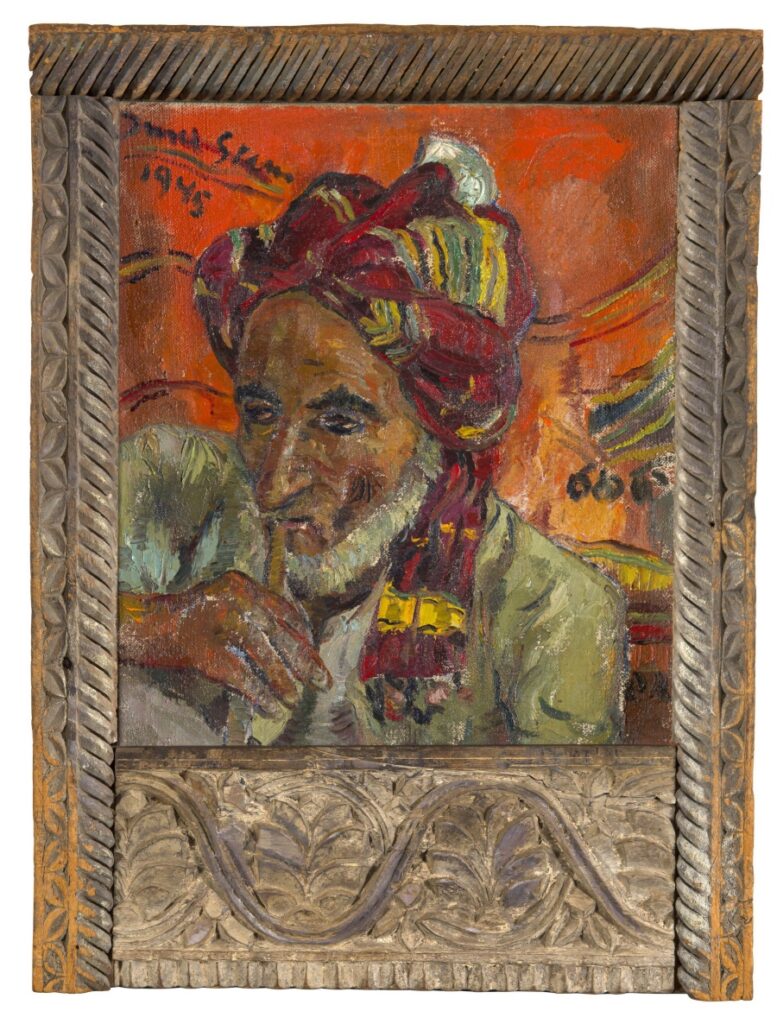
Reasons for optimism
It’s not all bad news – there is still a lot of interest in the market, Dewar said. Only, “people are adjusting where they’re spending and where they’re selling”.
In South and Southern Africa, for example, Dewar referred to the “strong performance of artists”.
“Sales of South African artists at the low end of the market [under $10,000] actually rose. The value of those sales increased by 8.5% last year, and the number of lots traded increased by 30%.”
Dewar also highlighted the increasing prominence of women artists in the African art market, “which isn’t a trend in other markets”.
“Of the top five prices in 2024, all five were by women artists,” she noted. This is true overall, however, and not just at the top end of the market. “In 2023, women artists overtook men in terms of the value of sales. And this has continued into 2024.”
In part, this was because there are more women artists coming to market, she added; works by 452 African women artists were sold in 2024 – a significant increase.
Private sales – that is, works that are handled by the likes of Strauss & Co or other art dealers but which are not auctioned – are also on the rise. This, Kilbourn said, is a “trend that we can see all over the world”, and it’s likely to continue.
Strauss & Co’s sales data shows that new buyers were up almost 22% (21.6%) on 2023. Kilbourn attributed this to the growing role of online auctions, which now account for 79% of sales. This has contributed to the democratisation of the art market, drawing in more international buyers, who now account for 21.7% of sales.
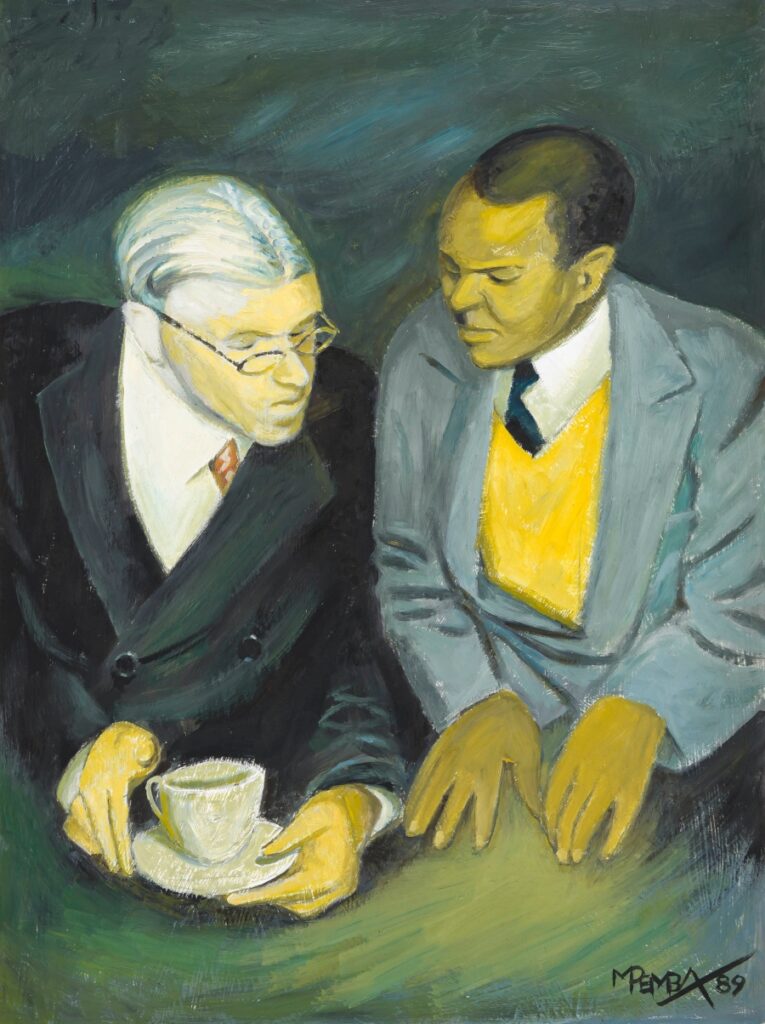
Tracking the trends
While the market for contemporary African art has slowed, there is growing interest in African modernism. Alastair Meredith, head of Strauss & Co’s art department, suspects that collectors of contemporary African art “are focusing more and more on the generation or two before the contemporary artists” to contextualise their collections.
This trend is supported by institutional exhibitions both in South Africa and abroad focusing on artists from Southern Africa. The 2024 Venice Biennale featured several modernist artists from Africa and South Africa, including Dumile Feni, Ernest Mancoba, George Pemba, Gerard Sekoto, Lucas Sithole, Irma Stern and Edoardo Villa.
From March through to June, Sekoto will be showcased in Paris Noir, a major exhibition at Centre Pompidou in Paris that’s focused on the influence of Black artists in France from the 1950s to 2000.
“We expect that to have an impact on Sekoto’s market, though his market has been very strong over the past few years, mainly driven by institutions and major private collectors,” said Meredith.
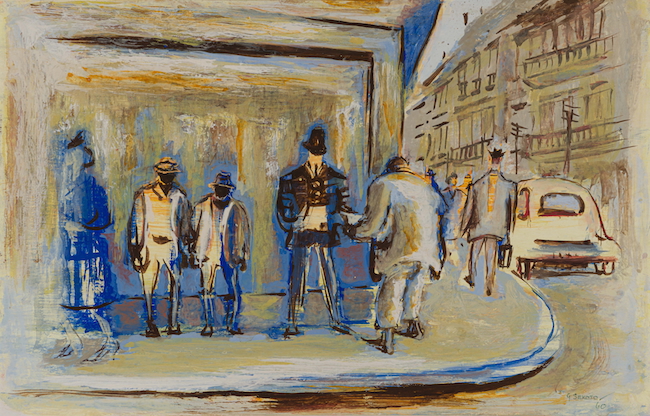
Further exhibitions include the High Museum of Art in Atlanta, featuring South African artist Ezrom Legae’s animal forms and “bestial compositions”, and a major Stern retrospective at the Brücke Museum in Berlin in July. The Tate in London will also host an exhibition on Nigerian modernism in October, and some Alexis Preller works will appear in a show at the Smithsonian in Washington.
The extent to which major exhibitions and biennales continue to focus on African modernist art testifies to its ongoing significance.
Additionally, top-performing contemporary South African artist William Kentridge will have a major show at the Yorkshire Sculpture Park. “His market has had an extra shot in the arm now that he has major international representation through Hauser & Wirth,” said Meredith.
Also in the UK, Esther Mahlangu’s site-specific mural in the garden at the Serpentine is on view until September.
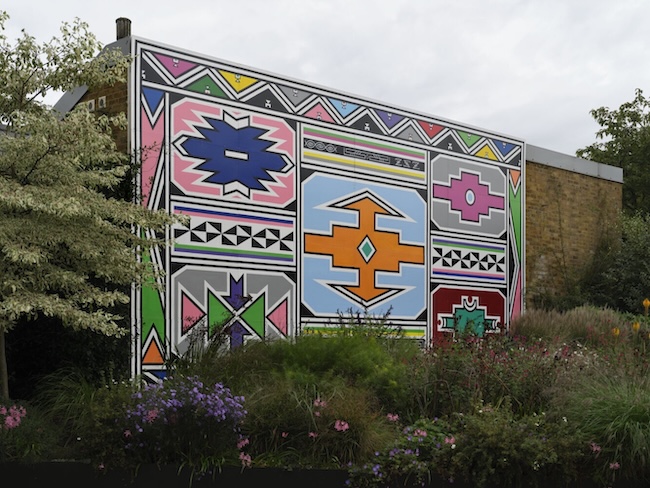
Other major trends and international exhibitions
Meredith noted a number of other emerging trends:
- Interest in “quasi-surrealist” artists such as Keith Alexander and Neil Rodger has “exploded” over the past two or three years, possibly linked to the centenary of the Surrealist Manifesto and the legacy of South African surrealists like Preller.
- South African ceramics, particularly those led by Hylton Nel, are gaining traction, especially after Nel’s collaboration with Dior designer Kim Jones.
- The market for woven items, tapestries, basketry and embroidered works has also grown.
Taking a step back from the micro-trends, Kilbourn referred to the Art Basel and UBS Survey of Global Collecting 2024, which found that “67% of HNWIs [high net worth individuals] whose primary motivation for collecting was financial stated that they were planning to buy over the coming year”, and 91% felt optimistic about the art market’s performance over the next six months.
“I think there’s a very strong underlying demand for art,” he said.
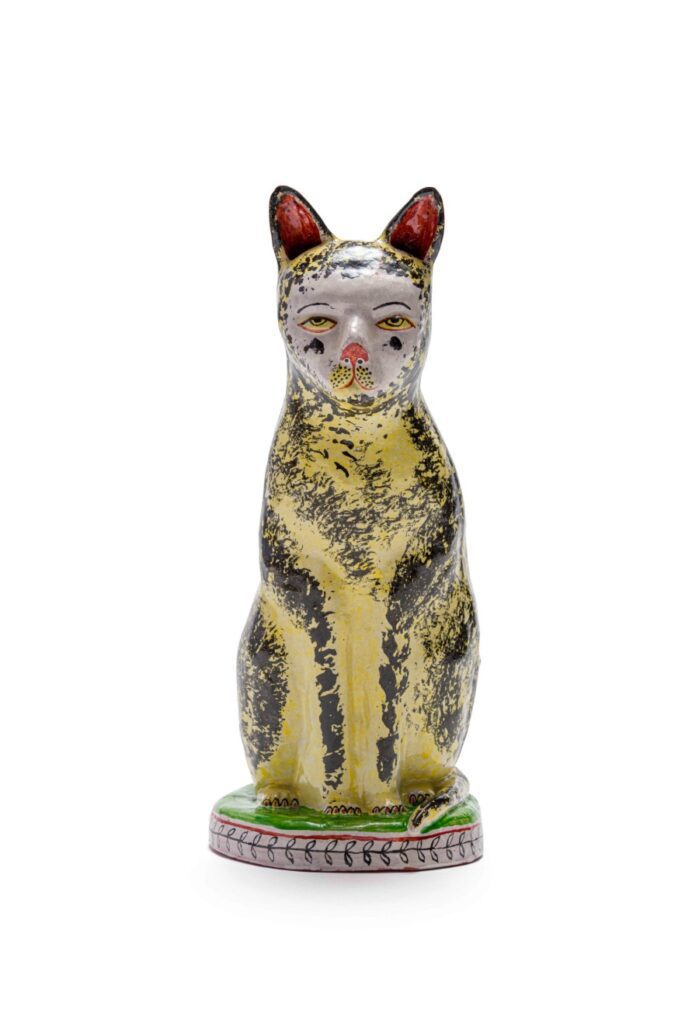
Sign up to Currency’s weekly newsletters to receive your own bulletin of weekday news and weekend treats. Register here.
